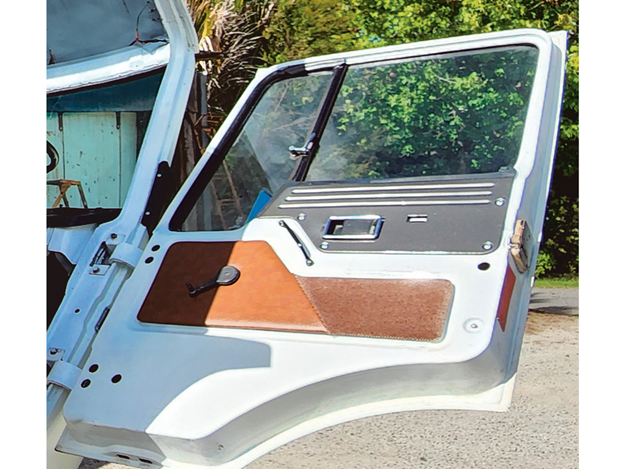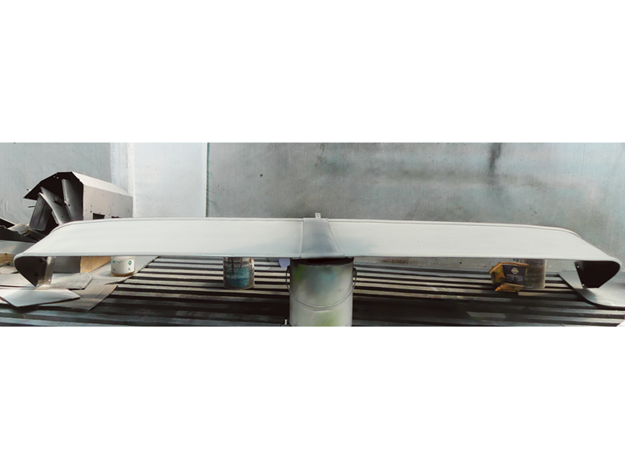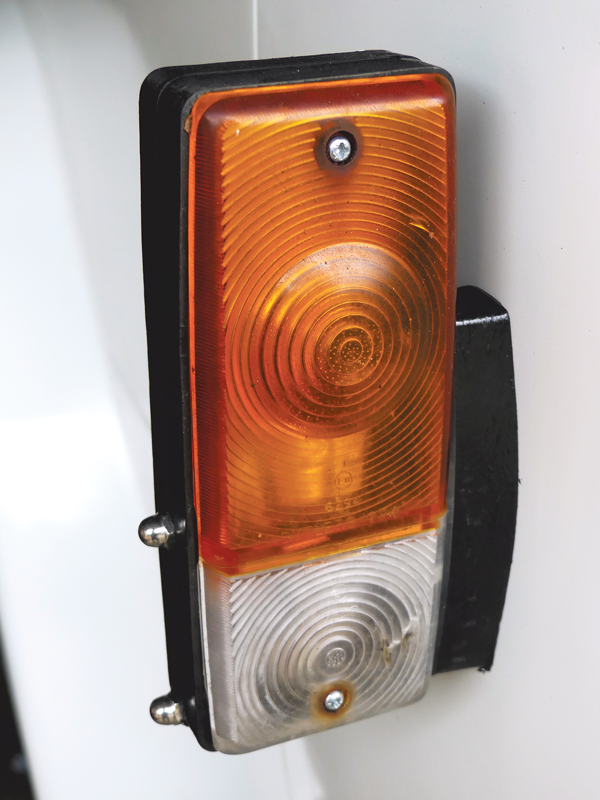Restoration: Dodge — Part 24
We’re into March already, but it only seems like five minutes since I was pontificating upon the goals and aspirations for completion of my final restoration in August/September this year
.png)
Anybody who’d read last month’s edition would’ve looked at the state of the truck in the beginning and thought to themselves that they could get the job completed in under a year, but I would probably draw it out for the full duration.
They’re probably right. In any event, despite the slow pace at which I’m known to work at, progress has nevertheless been made at the cab end of the truck.
We’ve now fitted the floor mats and both seats in their permanent positions. The wiring loom, although still resembling a rat’s nest, is pretty much complete, minus the sheathing, and the front indicator/side light units have been cobbled together from several sets from various models and are fitted to the cab waiting to be connected.
 |
|
One of the flash new door cards
|
The stoneguard is already in place and is now waiting for the sun visor to join it once it’s received a finish coat, and we’ve also fitted flash new door cards and grab handles.
 |
|
Sun visor primed and ready for the three finish coats
|
How many styles of indicators?
 |
|
Dodge badge with matching Chrysler logo
|
As with all of my restorations, I’ve tried my best to be as authentic to the era of the truck as is perhaps ‘unreasonably’ possible. I’ve even gone so far as to locate the square Chrysler logo that sits below the Dodge badge on then front panel.
Being plastic, these logo badges are as scarce as can be, but thanks once again to Noel Galloway (you’ll have read that name a lot lately), who in true Noel style, found me quite a tidy one.
Anyway, I digress. Getting back to the indicators. These went through several incarnations between 1975 on the Commer-badged trucks to the last of the Dodge marque in around 1982.
There seems to have been no rhyme nor reason for the changes they went through over seven or so years. Digressing once again — these units are manufactured by an English company, Butler. It’s interesting to note that I have the original Butler side lights on another one of my trucks — the 1953 K Bedford.
It’s clear that the company had been around for a long time. I must get around to researching to see if they’re still in business, and I’ll try to find out before Part 25 next month.
Back to those indicators
 |
|
Indicator cobbled together from several donor units
|
While the frames were the same in shape and dimensions, the lenses on early models were orange front and back for the indicator part and clear for the side lights. Around 1979/80, a variation occurred, with the rear portion of the park light and indicator being red.
The very last models, however, did away with clear lenses in the back panel and were simply fitted with a blank plastic panel with the frame was upgraded to UV-resistant plastic.
In having to be satisfied with the parts I’ve been able to cobble together, I’m hoping there’ll be nobody out there who’s pedantic enough to pull me up on having non-authentic indicators.
Other electrical issues
We now have power to the orange marker lights on the roof, but we still have to hook up the flashing beacon once we can find an appropriate rocker switch to fit to the dash.
There’s power to the headlights on both beams, but I still have to locate the two headlights my mate Colin Dunn allowed me to rob out of a D Series Ford he was wrecking — it’s amazing how spare parts go astray in our workshop.
Also, I have to bite the bullet and buy an appropriately sized battery, as the old one finally has given up the ghost. That battery was amazing.
It was connected to the truck for about 18 months, and when the day came to move the truck from where it’d been sitting, a couple of days on charge was all it took to fire up the 354 cubic inch turbo Perkins.
While it needed some assistance from our battery pack the first time, thereafter, it started up smoothly on its own. Then one day, it finally gave up.
Finishing the interior
With the seats and mats in place, there isn’t much else to do inside the cab because there isn’t an awful lot of trim other than the basics.
The upholsterer added a bit of bling to the door cards by stitching a patch of leftover cloth from the seats to the panels just for a bit of individuality and I guess some fun.
"Wait a minute", I hear you cry, "just a few paragraphs back, you said you like your restorations to be authentic, didn’t you? What model of Dodge ever came out with cloth seats, pray tell?"
As I have no photographic evidence to prove this, I’ll have to ask you to take my word for it, but there was a 1980 RG11 — a white one registered as JX2501 — that I know of, which entered service with cloth inserts in its seats.
At the time, I would’ve liked the extra power of a turbocharged RG13, however, the extra $5000 it would’ve cost was outside of my budget, so I had to settle for the naturally aspirated RG11.
There was, however, a little bit of change left over from the purchase price of the RG11, complete with Luton body, so I spent that on having an overdrive fitted to give me six gears instead of five, along with a few other goodies, which included those much-coveted cloth inserts.
So, I guess in my defence, by adding a few little non-standard niceties, I’m attempting to relive not quite my youth but at least my more youthful years (I was 30 at the time).
It’s a pity I didn’t have the presence of mind to take a photo of the interior of that truck — it was quite something back in the day and light years ahead of the 1968 TK Bedford it replaced.
 |
|
A preview of the next stage of the restoration
|
Anyway, it’s all moving forward, or should I say backwards, as we move into the last month of the first quarter of 2024. I’ll explain the riddle in Part 25 next month.
Keep up to date in the industry by signing up to Deals on Wheels' free newsletter or liking us on Facebook.






.jpg)

.jpg)


.png)
.png)
.png)
.png)
.png)

